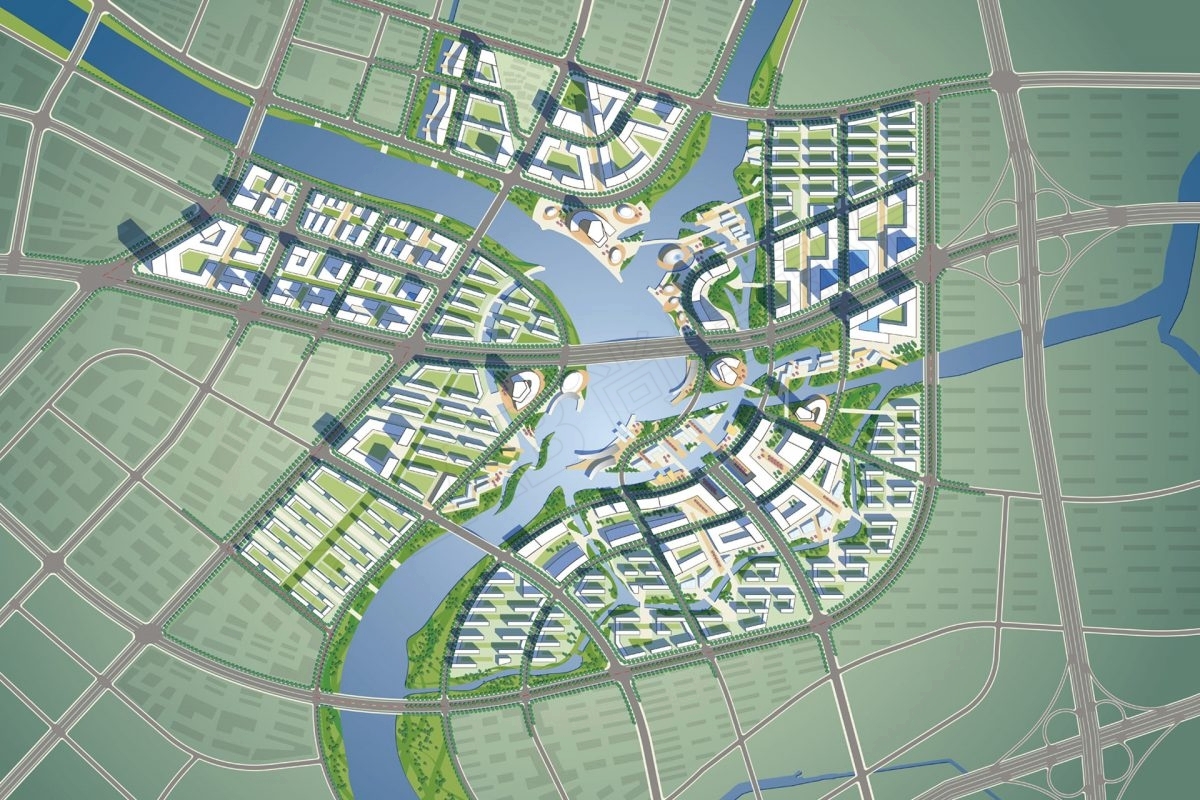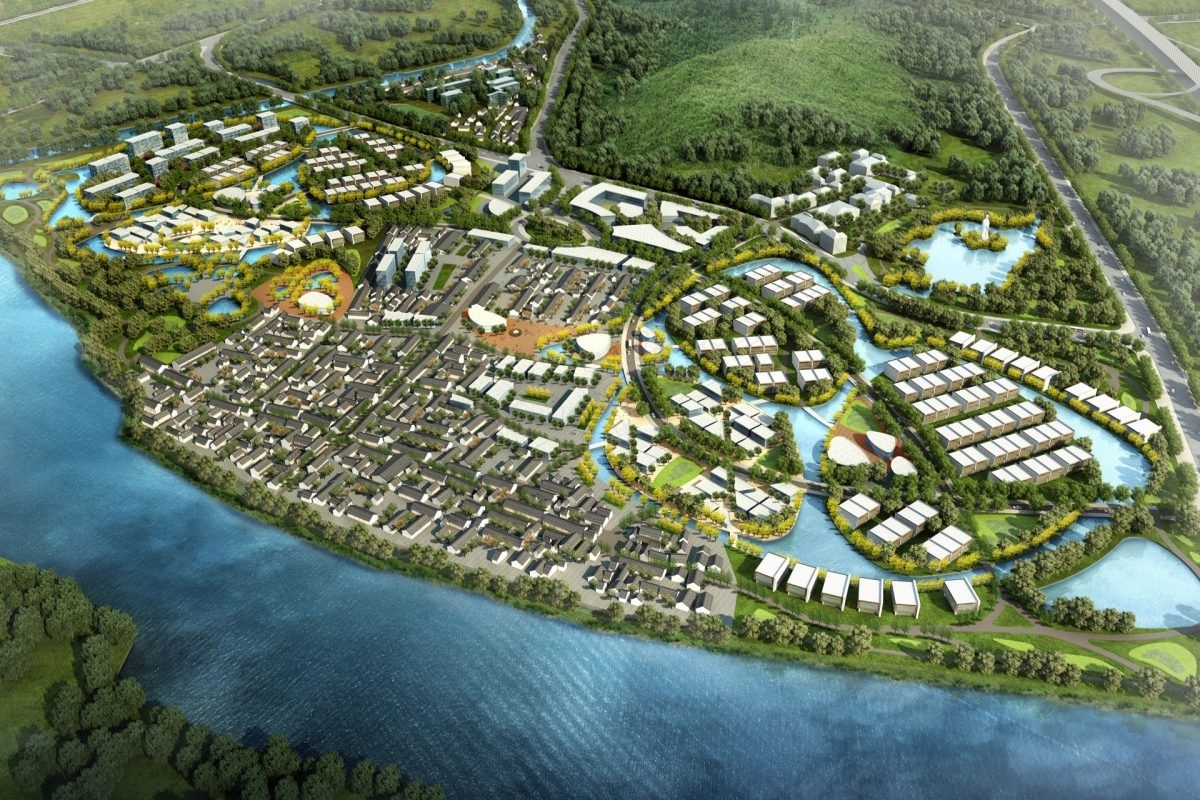







南京雄州片区规划
江苏 南京
用地面积:173 平方公里
项目类型: 城市设计(住宅、文化、商业、办公)
设计愿景是在滁河和八百河交汇处的海角是一个可以成为活跃的河岸节点的理想位置。
这里将是一个连接着雄州地铁中心的综合性使用区域,2座标志性的塔楼伫立在河边,向南眺望着南京城区。
四个不同的关键节点的创建,对南京雄州街道的战略规划发展起到了重要的指导作用。
雄州的滨江城市中心坐落在楚河和八白河的交汇处。它是一个活跃的黄浦江节点所指出的?年代连接地铁站和标志性塔楼俯瞰水域边缘向南京市与一个充满活力的滨江广场。
灵岩山线性公园形成新区的轴线,从灵岩山向西北延伸至雄州,在其周围形成新的城市中心。一条运河沿着线性公园蜿蜒而行,形成了特色花园和有规律间隔的地方活动点,在绿色空间内设置了小建筑。
楚河湾绿岛位于楚河和灵岩山之间,是根据现有的灌溉渠和水塘设计的。低层混合用途和住宅用地横跨整个区域,突出的绿色走廊连接着当地的活动节点。
老Guabu运河镇保持强大的历史与中国?年代富裕城市的传统。一系列相连的弯道的发展为低洼和易泛滥的开发区提供了保护。低矮的别墅和公寓聚集在这些新岛屿上,有零售、娱乐和旅游的小型混合用途。
The creation of four distinct key nodes informs the development of strategic planning for the town of Xiongzhou, Nanjing.
The riverfront urban centre of Xiongzhou sits at the meeting of the Chu and Babai rivers. It is an active riverfront node noted by it?s connection to the metro station and iconic towers overlooking the waters edge toward Nanjing City with a vibrant riverfront plaza.
The Lingyan Mountain linear park forms the axis of the new area, extending north-west from Lingyan Shan to Xiongzhou City with a new urban centre formed around it. A canal meandering along the linear park, forms feature gardens and local activity points at regular intervals with small buildings sited within the green space.
The Chuhe Bay Green Island is situated between the Chu River and Lingyan Shan is envisaged from the patterns of the existing irrigation canals and pools. Low rise mixed use and residential sites stretch across the precinct, with local activity nodes connected by prominent green corridors.
The Old Guabu canal town maintains strong historical links with China?s rich urban tradition. The development of a series of connected curving canals provide protection to the low lying and flood prone development zone. Low villas and apartments are clustered on these new islands, with small mixed use nods for retail, entertainment and tourism.